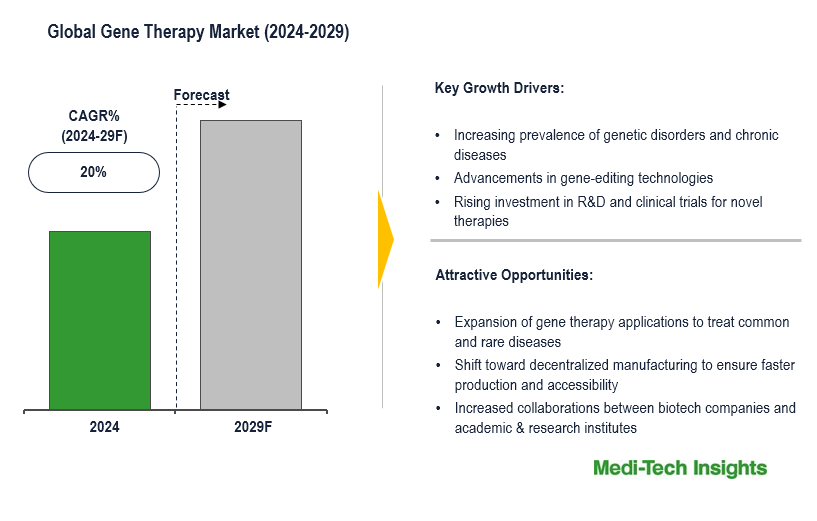It's Time To Put AI Agents To Work
AI agents offer big productivity boosts for nimble organizations seeking a competitive advantage. This playbook can help you get started.

Few emerging technologies will afford organizations more opportunities to accelerate productivity and transform business operations than agentic AI, whose promise is surpassing even that of its generative AI (GenAI) cousin.
Whereas GenAI tools are bound by their programming logic, agents will be given goals and entrusted to complete them, using contextual understanding and available data.
Agents will perceive and learn from their environment and reason or “think” their way through to accomplish the objectives assigned to them. In service of these goals, agents will also work with fellow agents, as well as other applications, and learn from each digital interaction to improve the way they operate.
Excitement around agents’ ability to autonomously execute business operations is growing. Eighty percent of organizations cite AI agents as the top or a high priority compared to other AI initiatives, with 51% already actively deploying agents, according to research from Enterprise Strategy Group.1
When strategically deployed, agentic AI will amplify your workforce’s productivity and pave the way for better business outcomes. As with many new technologies, agentic AI will bring change management challenges and you may need help navigating this new frontier.
That’s why Dell and NVIDIA have created this eBook, which helps leaders both imagine the art of the possible and approach agentic AI use cases intentionally.
Common use cases are emerging to illustrate agents’ potential to augment, or even transform, organizations’ operations.
Organizations have long leaned on chatbots to field customer inquiries. While chatbots answered inquiries based on pre-programmed logic, agents have far more agency in addressing concerns, including wider latitude to solve problems in accordance with best-in-class service goals. For example, agents can use available data to personalize interactions in natural ways or deftly escalate interactions to a human if needed. Also, by integrating with modern CRM systems, agents can resolve inquiries, reducing wait times and improving customer satisfaction.
Organizations have long paired predictive AI with human estimation to forecast demand for their products with middling success. Agents can markedly improve upon this process, monitoring and managing inventory systems 24-7. In case of inventory shortfalls, they can reroute shipments, adjust schedules and improve from every transaction over time.
A lot of code generation can be tedious and repetitive; agents can remedy that problem. A software programming agent might create new application features, check-in code, merge changes, review code on the fly and eliminate bugs.
As great as their potential is, digital twins tend to be static representations of physical environments, such as machines. Analyzing data from sensors and edge devices, agents can simulate operations within digital twins, monitor performance, and anticipate failures. Most importantly: teams of agents can triage problems and help remediate them.
These represent just a smattering of agentic AI use cases. View more in this Dell-NVIDIA eBook.
Now for some caveats. Watch a video of an AI agent in action and it feels like you’re witnessing digital wizardry. As exciting as these early offerings may be, additional steps are required to facilitate broad agentic AI adoption.
A lack of interoperability and standards persists, which hinders agents’ ability to work together across organizations or collaborate across software platforms. When these hurdles are cleared there will be few limits to what agents can do.
Now is the time to explore agentic AI and its impact on your IT architecture and platforms. Follow best practices and prioritize specific use cases that will most benefit your organization and drive meaningful return-on-investment. Then carefully plan how to integrate agents into organizational workflows across enterprise software systems and other IT operations, as well as physical environments such as operations systems and edge devices. Codify an agentic operating model and a strong governance plan.
Lean on existing agentic AI success stories and begin building and piloting so that your agents can get their digital hands–on keys. Only by exploring the art of the possible can you steer your organization through the learning curves and move the needle from aspiration to accomplishment.
Agentic AI requires powerful systems comprising modern and flexible infrastructure. The Dell AI Factory with NVIDIA, a framework that incorporates services, AI software and infrastructure, provides the foundation to power agentic AI systems at scale. NVIDIA NeMO and NIM microservices provides developers the tools they need to build and fuel agents.
Partnering with Dell and NVIDIA, you can confidently implement agentic AI to unlock new levels of efficiency, automation and productivity.
When it comes to agents, you’re only limited by your organization's imagination—and appetite for innovation. What will your organization build?
Learn more about the Dell AI Factory with NVIDIA.
1AI Agents: The Game-changing Generative AI Use Case, Enterprise Strategy Group, May 2025.
You may also like...
Diddy's Legal Troubles & Racketeering Trial

Music mogul Sean 'Diddy' Combs was acquitted of sex trafficking and racketeering charges but convicted on transportation...
Thomas Partey Faces Rape & Sexual Assault Charges

Former Arsenal midfielder Thomas Partey has been formally charged with multiple counts of rape and sexual assault by UK ...
Nigeria Universities Changes Admission Policies

JAMB has clarified its admission policies, rectifying a student's status, reiterating the necessity of its Central Admis...
Ghana's Economic Reforms & Gold Sector Initiatives

Ghana is undertaking a comprehensive economic overhaul with President John Dramani Mahama's 24-Hour Economy and Accelera...
WAFCON 2024 African Women's Football Tournament

The 2024 Women's Africa Cup of Nations opened with thrilling matches, seeing Nigeria's Super Falcons secure a dominant 3...
Emergence & Dynamics of Nigeria's ADC Coalition

A new opposition coalition, led by the African Democratic Congress (ADC), is emerging to challenge President Bola Ahmed ...
Demise of Olubadan of Ibadanland
Oba Owolabi Olakulehin, the 43rd Olubadan of Ibadanland, has died at 90, concluding a life of distinguished service in t...
Death of Nigerian Goalkeeping Legend Peter Rufai

Nigerian football mourns the death of legendary Super Eagles goalkeeper Peter Rufai, who passed away at 61. Known as 'Do...





